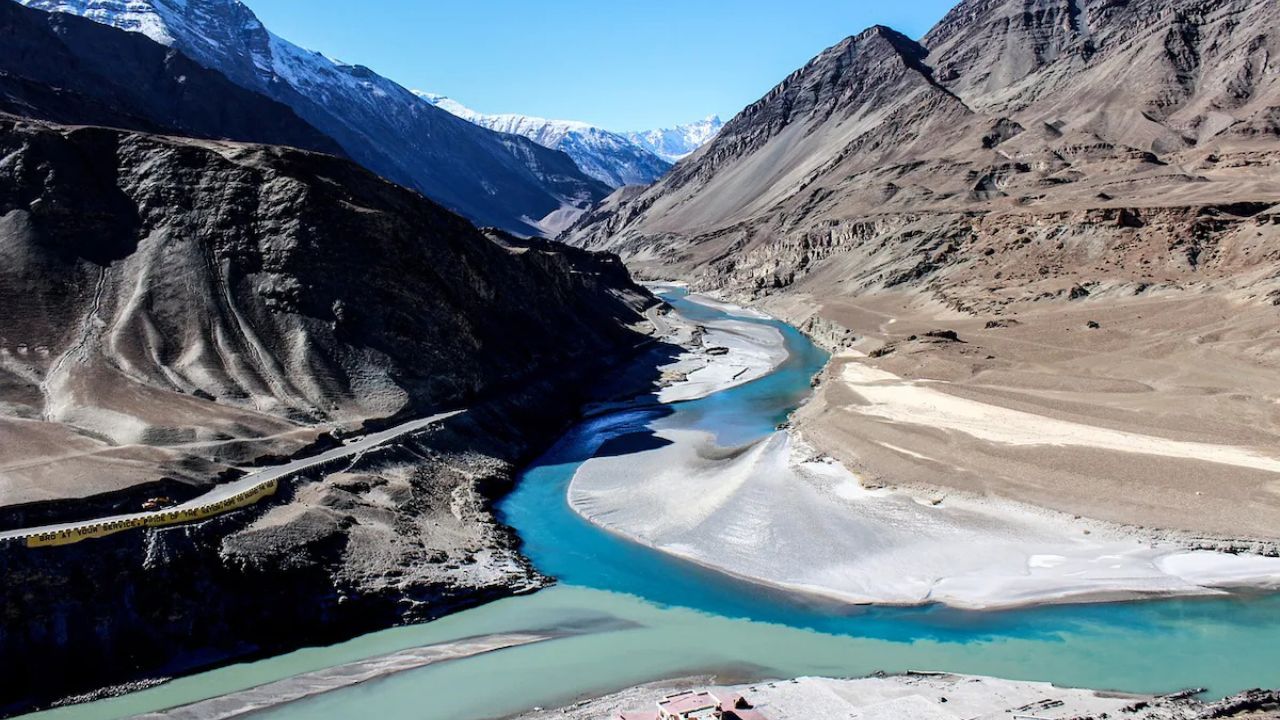 English
English

Khattar announced on Friday that the water saved due to the suspension of the Indus Water Treaty with Pakistan will be made available to Delhi, Haryana, and Rajasthan within the next one and a half years.

Indus water will be allocated 3 states
New Delhi: Union Minister Manohar Lal Khattar made an important announcement on Friday, amid the growing water crisis in Delhi and surrounding states.
Khattar said that water previously allocated to Pakistan under the Indus Water Treaty will now be diverted to other states like Delhi, Haryana, and Rajasthan.
This step follows the suspension of the Indus Water Treaty, which was taken after the Pahalgam terror attack. Calling it an "opportunity in a crisis," Khattar said the water would be available within the next one and a half years.
Khattar announced on Friday that the water saved due to the suspension of the Indus Water Treaty with Pakistan will be made available to Delhi, Haryana, and Rajasthan within the next one and a half years.
Addressing an event to launch the national capital's drainage master plan, the minister said, "The large amount of water released into Pakistan will now be made available to Delhi, Haryana, and Rajasthan in the next one and a half years."
India decided to suspend this decades-old treaty in response to the terrorist attack in Pahalgam in April. Twenty-six people, mostly tourists, were killed in the Pahalgam terror attack. This treaty, effective since 1960, regulates the distribution and use of water from the Indus River and its tributaries between India and Pakistan.
Affected States and the Water Crisis
Many states in northern India, including Delhi, face severe water scarcity. The Yamuna River's water level drops to its lowest during the summer, leading to a shortage of drinking water. Haryana and Rajasthan also face water shortages for irrigation.
According to Khattar, the water diverted from the western rivers of the Indus will provide relief to these states. Experts believe the move could provide India with an additional 30-40 billion cubic metres of water, although it will require massive infrastructure to store and distribute it.